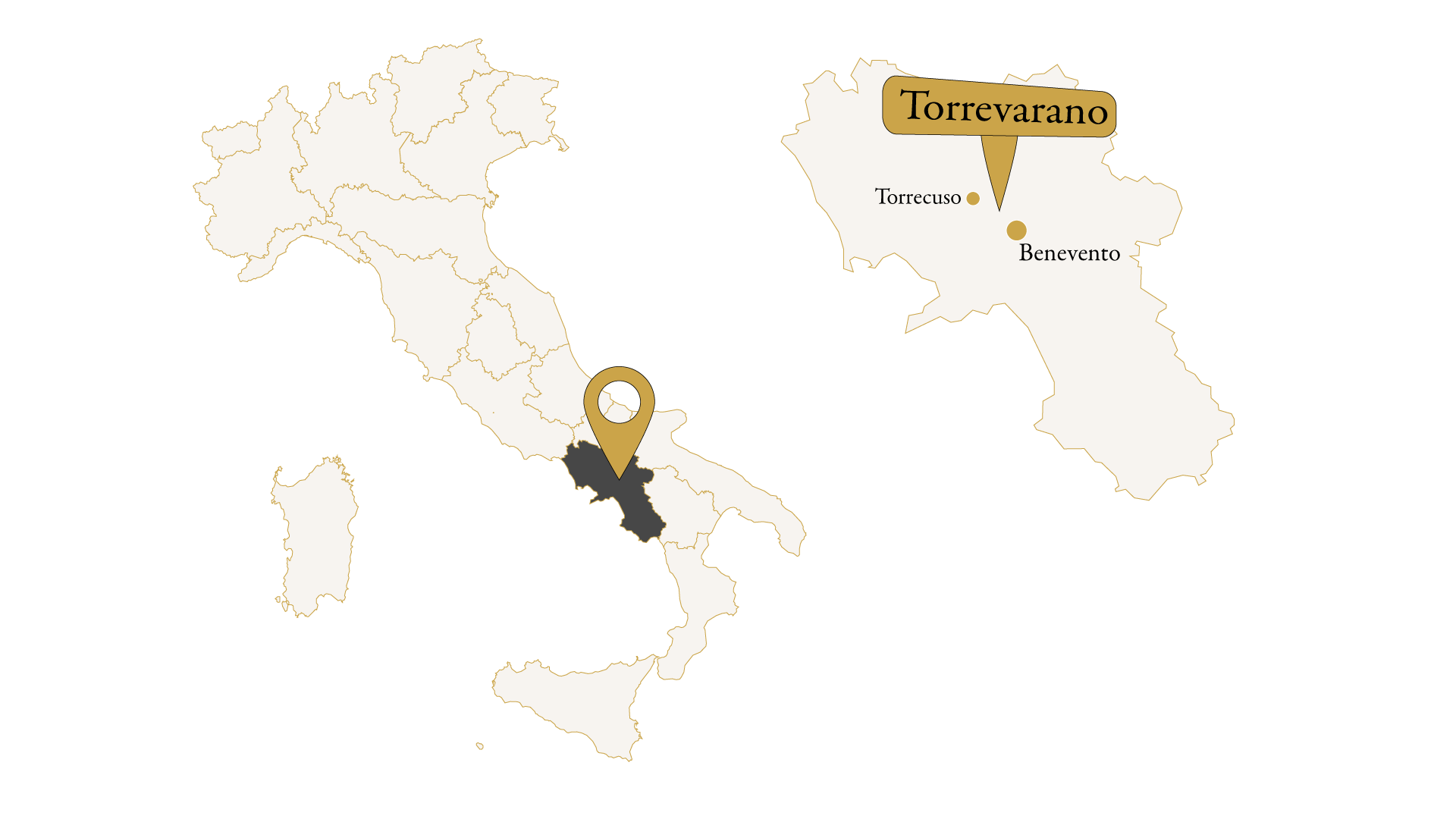Benevento
The city of Benevento, located inland in the Campania Region and positioned between the Sabato and Calore rivers, has a rich history with captivating and splendid monuments bearing witness to centuries of glorious events. It can be described as an open-air museum, also known as the city of Witches, thanks to the famous liqueur. The history of this magical city is summarized in three main periods: Roman, Lombard, and Papal. Each period has left historical and artistic testimonies of remarkable value.
The Arch of Trajan, built between 114 and 117 AD in honor of Emperor Trajan, stands in the center of the city. The Roman Theater, commissioned by Caracalla and famous for its excellent acoustics, and the Arch of the Sacrament are other notable landmarks of this period.
During the Lombard period, after the fall of the Kingdom of Pavia, Benevento was elevated to a Principality by Arechi, who, being a lover of arts and culture, carried out numerous architectural works. The church of S. Sofia with its beautiful cloister and “la Civitas Nova” with its perimeter walls are examples from this period. The end of Lombard domination marked Benevento’s transition to Papal rule, resulting in architectural landmarks such as the majestic Rocca dei Rettori, the Cathedral, the Paolo V Palace, the Basilica of S. Bartolomeo, and the Basilica of Madonna delle Grazie.
After the Unification of Italy, Benevento was liberated from Papal rule and declared a Province of Italy on October 25, 1860, by decree of Giorgio Pallavicini. The Hortus Conclusus in the garden of the former convent of S. Domenico, in Piazza Guerrazzi, is worth a visit. It features significant sculptural elements by artist Domenico Paladino, forming a cohesive work of art.
Torrecuso
Torrecuso is a small village characterized by a winding path through rocky slopes, with a daring spirit and a climate with both early and late frost. Its first mention dates back to the 11th century in the form of “torum licusi,” deriving its name from “torus” or “toronis,” meaning “height or hill,” fitting the town’s topography. From “torus,” the diminutive “toriculus” developed, leading through subsequent linguistic changes to “Terlicuso” and then to “Torrecuso.”
No ruins of Greek, Etruscan, or Samnite origin have ever emerged in Torrecuso or the surrounding areas, making its medieval origin almost certain. The center is undoubtedly of medieval origin, established for the defense of Benevento, the capital of the Lombards at the time. A tower erected for the protection of Benevento later became a baronial palace, which also hosted Ferdinand I of Aragon. The Roman-era Foenicolum Bridge, allowing passage from one bank to the other of the Calore River, is an ancient testimony to connectivity.
Until the 13th century, the Fenocchio Castle existed, destroyed by the earthquake of 1349. Torrecuso was a feudal domain of the Barony of Fenocchio, later passing to the Della Leonessa, Caracciolo, and Cito families.
The village was always an autonomous municipality, and between the 17th and 18th centuries, it reached its maximum prosperity, with a numerous and distinguished civil class known for probity and culture. Subsequently, the Mellusi family from Sant’Agata de’ Goti settled in Torrecuso, becoming the owner of the baronial palace, where Antonio Mellusi, known as the “genial poet of Sannio,” was born. The church of the SS. Annunziata (14th century) is remarkable, adorned with paintings from the 1700s and 1800s, including an exquisite altarpiece. In this church, the mortal remains of Saint Vincent of Zaragoza, a Spanish martyr, are preserved; his bones were brought to Torrecuso by Marquis Carlo Andrea Caracciolo.
